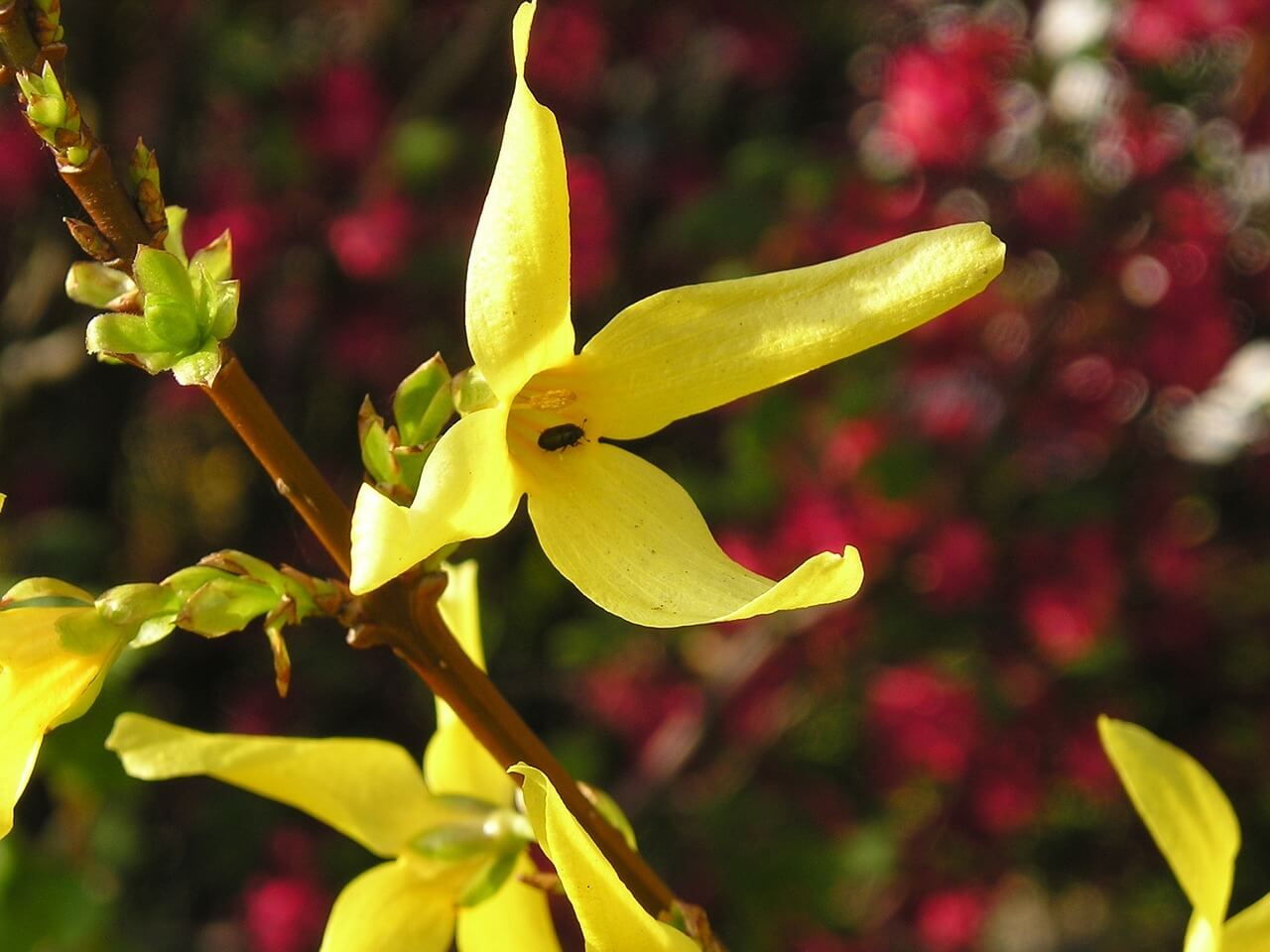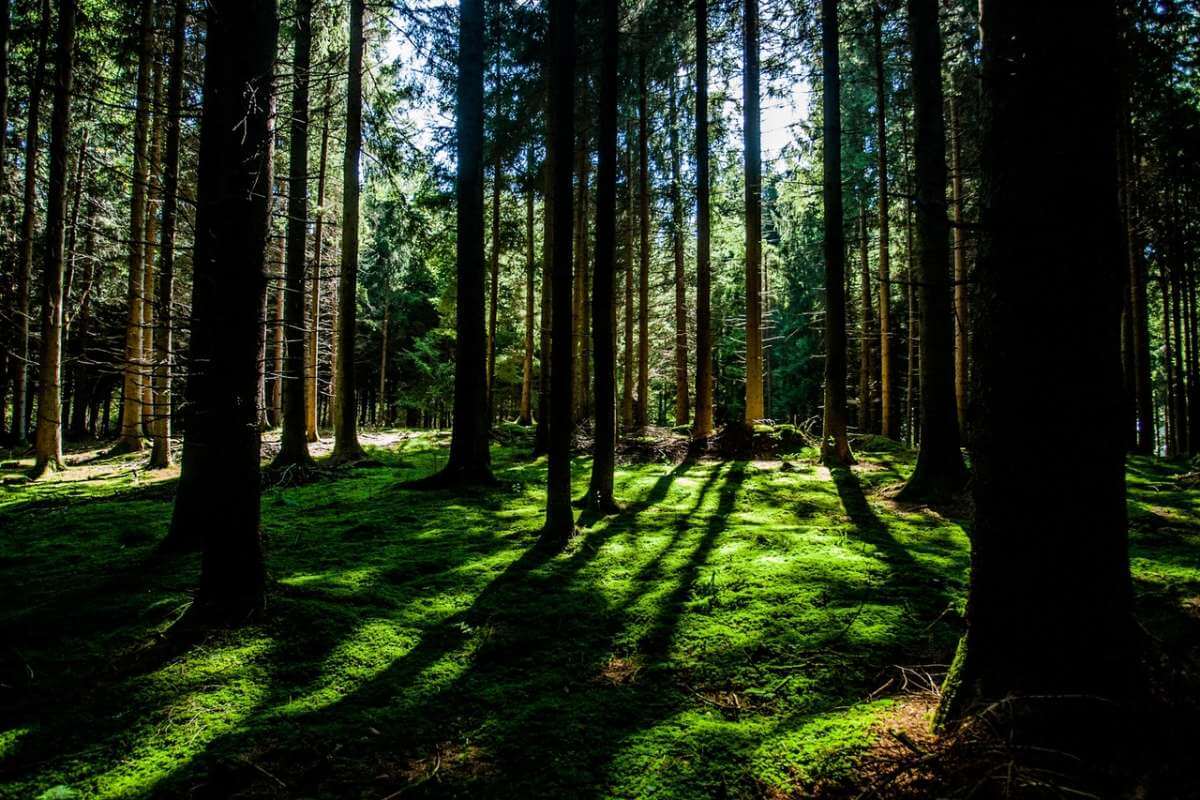According to a recent report by the Denver Post, a federal report announced last Thursday that areas of Colorado are experiencing a moderate drought. Specifically the area spanning I-25 from Denver to Fort Collins are in the midst of a dry spell.
The weather as of late has been drier than usual, and this stint of dry weather has affected unirrigated vegetation. The dryness is seen in the foliage of some plants and trees predominantly. According to the U.S. Drought Monitor, moderate drought is considered “the second-lowest intensity on the monitor scale.”
Although not as great as other regions around the country, like California, for instance, the damage can still have a major impact on plants and pastures in the area and reduce the amount of overall water flow through smaller streams. It is not expected to continue – and is considered to be a short-term dry spell which should have no effect on our overall water supply.
There are a few trends that have been measured:
- Many areas in the state of Colorado are experiencing a drop in rainfall
- The dryness is outside of the norm
- Around 248,000 people reside in these areas
- Southern Colorado rainfall has been normal
There are some measures you can take if you notice the area around your home to make sure your grass, plants, and trees are getting proper hydration – while also being conscious of water conservation. Always remember not to water in the middle of the day – shoot for early, before sunrise and allow plenty of time for the water to be absorbed before the sun comes out. You can also water in the evening anytime after sunset. Consider manual watering of planters to make sure you are conserving as much water as possible.
It is very important to choose the most efficient system for your home and garden, and during warm weather, you can take measures to adjust your overall watering settings. Pay attention to the weather patterns and be sure to adjust your watering schedule accordingly. Overwatering can be just as detrimental to the health of your lawn as under watering.
Have specific questions about how to manage your home, lawn, garden, and trees? American Arbor Care can provide the advice you need. As the leaders in tree care in Denver, we keep up to date on all current trends and monitor everything from present diseases to levels of drought throughout the area. We can analyze your particular scene and recommend the best course of action to either maintain your space’s health or improve the current situation.
Call us today to get more information at 303-639-8584 or contact us through the web with questions or comments – our team is ready to assist you!



